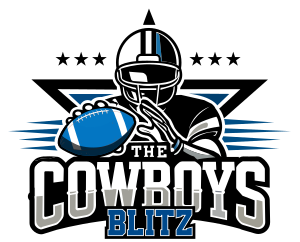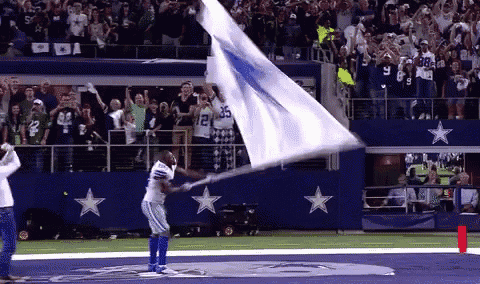rocknrobcowboy
Well-Known Member
- Messages
- 1,311
- Reaction score
- 2,455
Many diseases, conditions, and injuries are described using grades, stages, or types. Usually these classifications or groups represent a range from mild to severe. They are often numbered 1, 2, 3, 4 or I, II, III, IV. Sometimes one problem is even classified using more than one method.From what I have read Hurts has a grade 2 sprain in his throwing shoulder, visible tear in the ligaments. He may come back week 18 if need be but there is still uncertainty of how his shoulder will respond.
Acromioclavicular (AC) separation was first classified as I, II, and III in the early 1960s. Three additional grades (IV, V, VI) were added in 1984. Type I is a sprain of the AC ligaments. The ligament isn’t torn and repair isn’t needed. Nothing else around the joint is damaged.
Types IV, V, and VI are all grades of Type III. Each type is a little more serious than the number before it. Type IV is also a dislocation of the AC joint. Instead of being displaced (pushed) up, the clavicle is moved backward or pushed into the trapezius muscle. Type V is the worst form of Type III injury.





